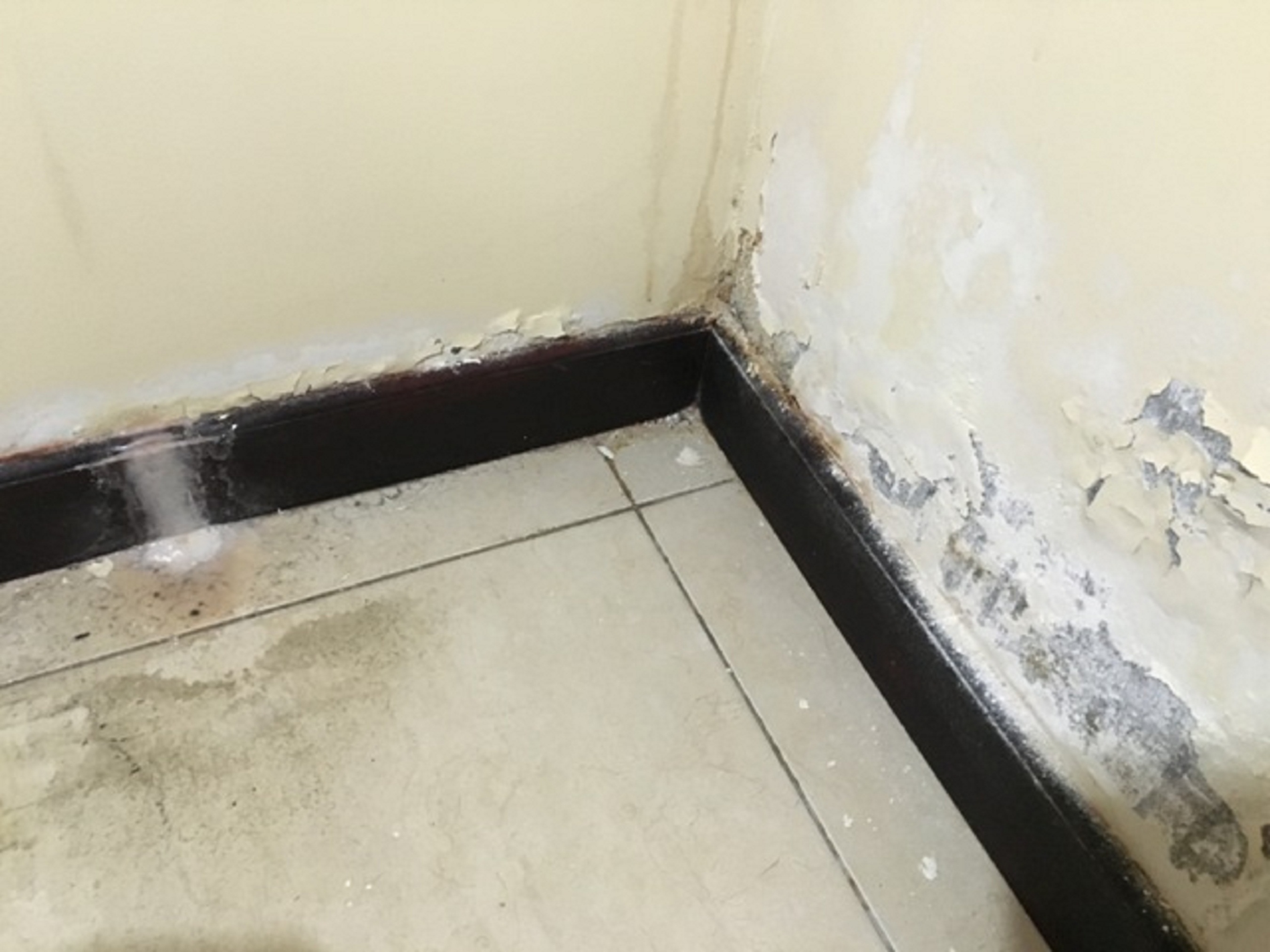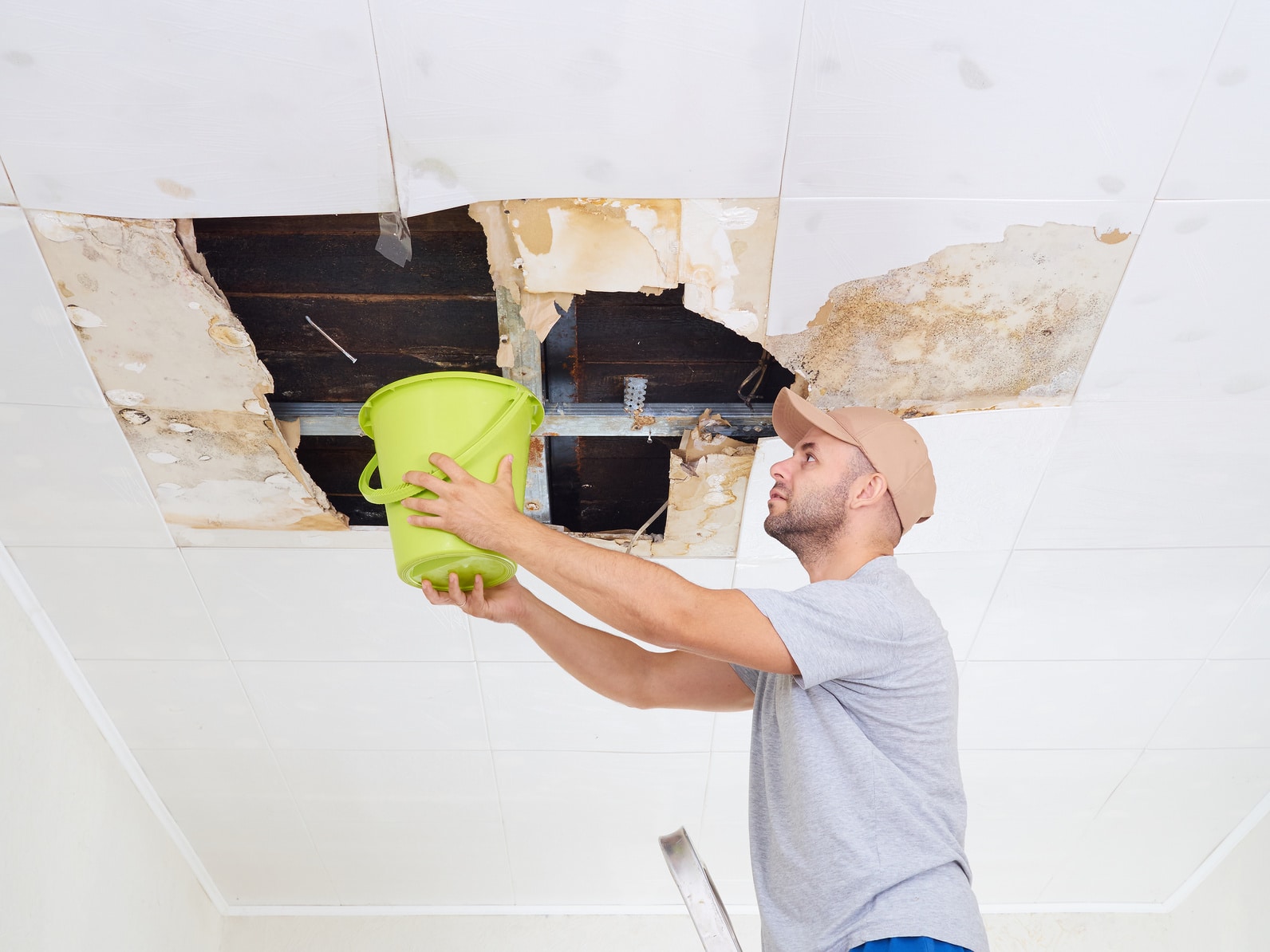6 Water Damage Restoration Do's and also Don'ts.
6 Water Damage Restoration Do's and also Don'ts.
Blog Article
The content listed below involving Preventing Fires and Water Damage In Your Home is highly interesting. You should read it.

Water gives life, but water invasion on some components where it's not supposed to be can result in damage as well as aggravation. In addition, homes with water damages smell old and moldy.
Water can originate from several resources like typhoons, floodings, ruptured pipes, leaks, as well as sewer issues. It's far better to have a working knowledge of security precautions if you have water damage. Below are a few guidelines on just how to deal with water damages.
Do Prioritize House Insurance Policy Protection
Seasonal water damages can come from floods, seasonal rainfalls, and also wind. There is also an incident of an unexpected flood, whether it originated from a malfunctioning pipe that suddenly breaks into your residence. To protect your house, obtain house insurance policy that covers both acts of God such as all-natural calamities, as well as emergency situations like busted plumbing.
Do Not Forget to Shut Off Energies
When calamity strikes and you're in a flood-prone area, shut off the primary electric circuit. Turning off the power avoids
When water comes in as water serves as a conductor, electrical shocks. Don't fail to remember to turn off the main water line valve as a means to stop even more damage.
If the floodwaters are getting high, keep your furnishings secure as they can move and cause added damage.
Do Keep Proactive and Heed Weather Condition Alerts
If you live in an area pestered by floods, remain positive and prepared at all times. Listen to the information and emptying cautions if you live near a body of water like a creek, lake, or river .
Don't Ignore the Roof
Your roofing professional ought to take treatment of the faulty rain gutters or any kind of other indicators of damage or weakening. An assessment will certainly avoid water from moving down your wall surfaces and soaking your ceiling.
Do Take Notice Of Small Leaks
There are red flags that can draw your interest as well as show to you some weakened pipelines in your home. Indicators of red flags in your pipes consist of bubbling paint, peeling off wallpaper, water streaks, water spots, or trickling noises behind the wall surfaces. Repair service and also examine your plumbing fixed prior to it results in enormous damages to your residence, finances, as well as an individual problem.
Don't Panic in Case of a Burst Pipe
Timing is crucial when it comes to water damages. If a pipeline bursts in your home, promptly shut off your primary water shutoff to reduce off the resource and also prevent even more damages. Call a reputable water damage remediation expert for assistance.
Water offers life, however water breach on some parts where it's not meant to be can result in damages and aggravation. In addition, residences with water damage odor stuffy and old.
Seasonal water damages can come from floods, seasonal rainfalls, as well as wind. Indicators of red flags in your pipes consist of gurgling paint, peeling off wallpaper, water touches, water stains, or dripping sounds behind the walls. If a pipe bursts in your home, promptly shut off your main water valve to reduce off the source and prevent even more damage.
Some Do's & Don't When Dealing with a Water Damage
DO:
Make sure the water source has been eliminated. Contact a plumber if needed. Turn off circuit breakers supplying electricity to wet areas and unplug any electronics that are on wet carpet or surfaces Remove small furniture items Remove as much excess water as possible by mopping or blotting; Use WHITE towels to blot wet carpeting Wipe water from wooden furniture after removing anything on it Remove and prop up wet upholstery cushions for even drying (check for any bleeding) Pin up curtains or furniture skirts if needed Place aluminum foil, saucers or wood blocks between furniture legs and wet carpet Turn on air conditioning for maximum drying in winter and open windows in the summer Open any drawers and cabinets affected for complete drying but do not force them open Remove any valuable art objects or paintings to a safe, dry place Open any suitcases or luggage that may have been affected to dry, preferably in sunlight Hang any fur or leather goods to dry at room temperature Punch small holes in sagging ceilings to relieve trapped water (don't forget to place pans beneath!); however, if the ceiling is sagging extremely low, stay out of the room and we'll take care of it DO NOT:
Leave wet fabrics in place; dry them as soon as possible Leave books, magazines or any other colored items on wet carpets or floor Use your household vacuum to remove water Use TV's or other electronics/appliances while standing on wet carpets or floors; especially not on wet concrete floors Turn on ceiling fixtures if the ceiling is wet Turn your heat up, unless instructed otherwise

As an avid person who reads about How To Prevent Fire And Water From Ruining Your Holiday Season, I thought sharing that piece of content was important. Enjoyed reading our article? Please share it. Help someone else locate it. Thanks for your time invested reading it.
Report this page